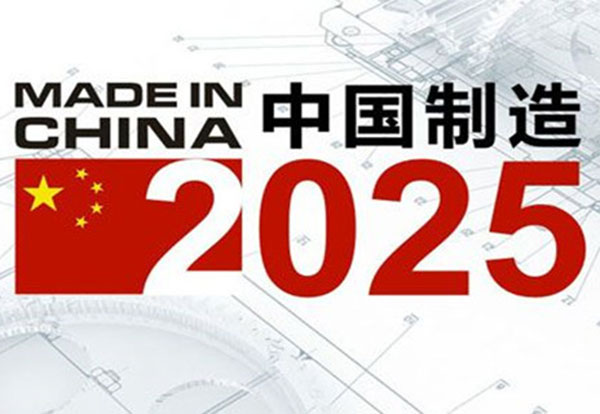
Introduction
“Made in China 2025” is a strategic plan launched by the Chinese government in 2015 with the aim of transforming China into a global leader in high-tech manufacturing. The plan sets ambitious goals for China to move up the value chain and become a major player in industries such as information technology, aerospace, new energy vehicles, and advanced robotics.
Key Objectives of Made in China 2025
The main objectives of Made in China 2025 are:
- Increase the domestic content of core materials to 40% by 2020 and 70% by 2025
- Become one of the world’s most innovative countries by 2020 and a global leader in innovation by 2030
- Reduce China’s reliance on foreign technology from over 50% currently to less than 30% by 2025
- Achieve breakthroughs in 10 key sectors: information technology, numerical control tools and robotics, aerospace equipment, ocean engineering equipment and high-tech ships, railway equipment, energy-saving vehicles, power equipment, agricultural machinery, new materials, and biopharma and advanced medical products
Government Support and Policies
To achieve these goals, the Chinese government has implemented various policies and provided substantial support:
- Offering subsidies, tax breaks, and low-interest loans to domestic companies in targeted industries
- Encouraging mergers and acquisitions to create large, globally competitive firms
- Restricting foreign investment in certain sectors to protect domestic players
- Requiring government agencies and state-owned enterprises to prioritize the use of domestic products and services
- Investing heavily in research and development, with a focus on applied research and commercialization
Progress and Challenges
Since the launch of Made in China 2025, China has made significant progress in several key areas:
- China is now the world’s largest producer of industrial robots, with a 36% global market share in 2020
- China leads the world in terms of new semiconductor fabs under construction, with 8 out of the 21 global fabs being built in China
- China’s share of global high-tech exports increased from 8% in 2000 to 25% in 2019
However, China also faces several challenges in implementing Made in China 2025:
- Lack of innovation capabilities and dependence on foreign technology in critical areas such as semiconductors
- Overcapacity and inefficiency in some industries due to government intervention
- Concerns from trading partners about unfair competition and intellectual property theft
- Slowing economic growth and the impact of the COVID-19 pandemic on manufacturing
Implications for the Global Economy
Made in China 2025 has significant implications for the global economy:
- It poses a challenge to the dominance of Western countries in high-tech manufacturing and could lead to a shift in global economic power
- It could disrupt global supply chains and trade patterns as China seeks to reduce its reliance on foreign technology and materials
- It could lead to increased competition and pressure on foreign companies operating in China to transfer technology or face market access restrictions
- It could also lead to increased investment and innovation in targeted industries, potentially benefiting consumers and the environment (e.g., through cheaper re, wnewable energy technologies)
Conclusion
Made in China 2025 is a bold and ambitious plan that reflects China’s determination to become a global leader in high-tech manufacturing. While the plan has made significant progress, it also faces challenges and has generated concerns from China’s trading partners. The success of Made in China 2025 will depend on China’s ability to address these challenges and navigate the complex geopolitical landscape. Regardless of the outcome, Made in China 2025 will continue to shape the global economy and the future of manufacturing.
Can you afford not to be present in China? Talk to us, we help you to be successful in China.